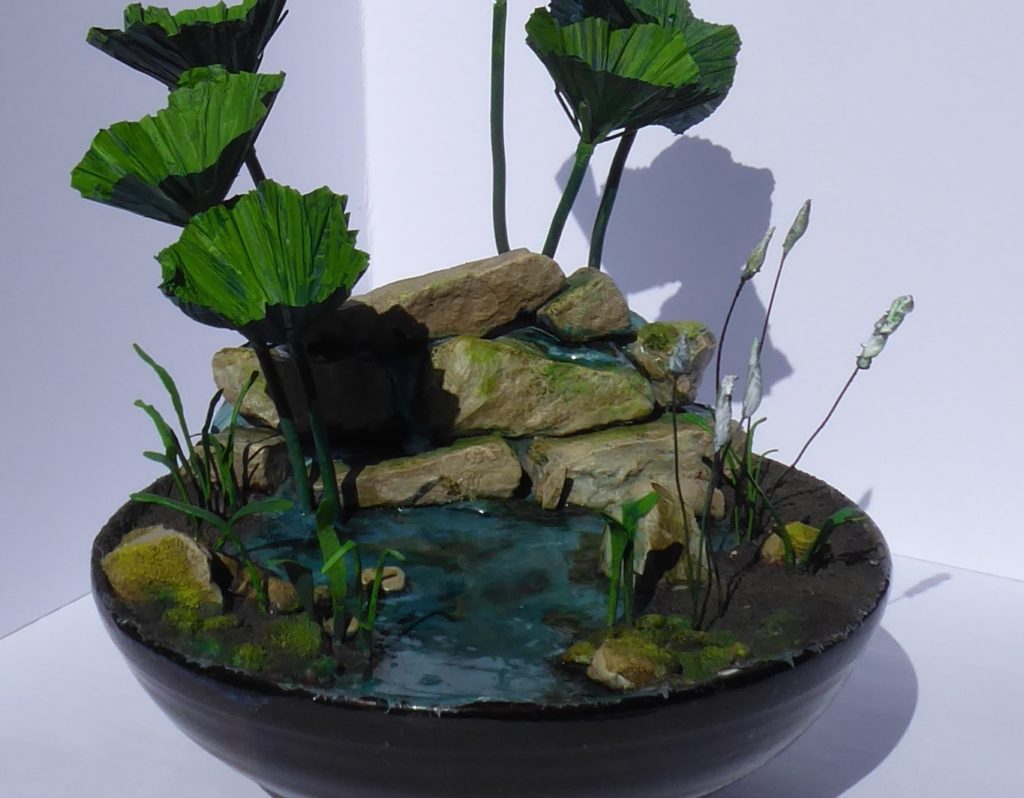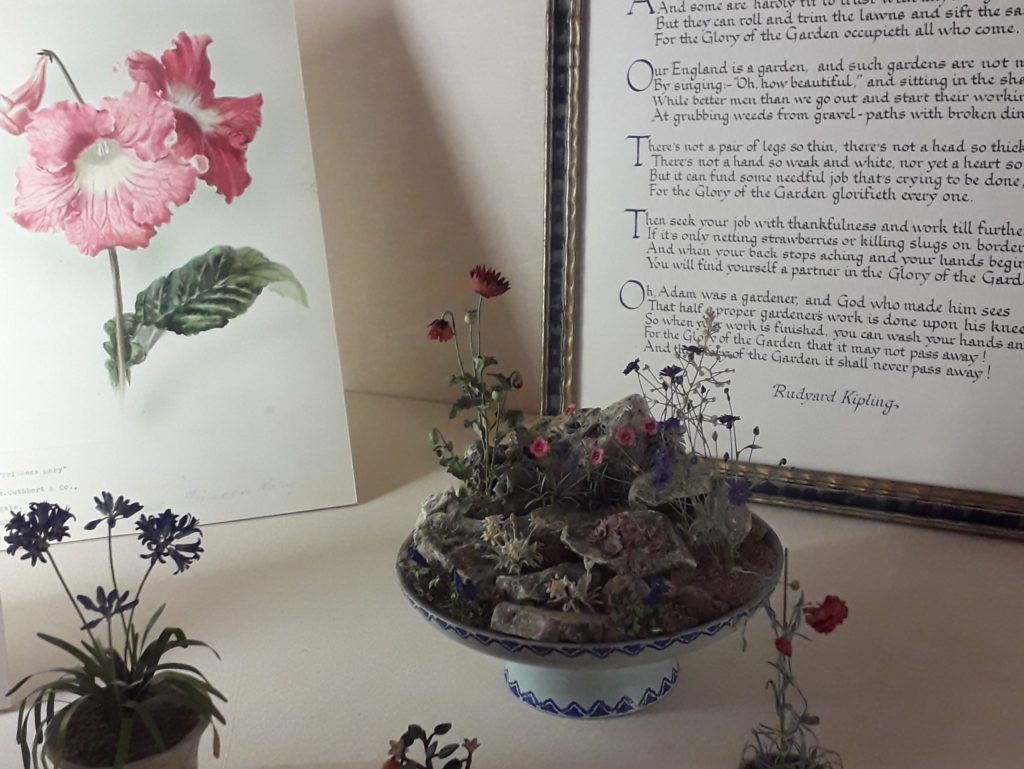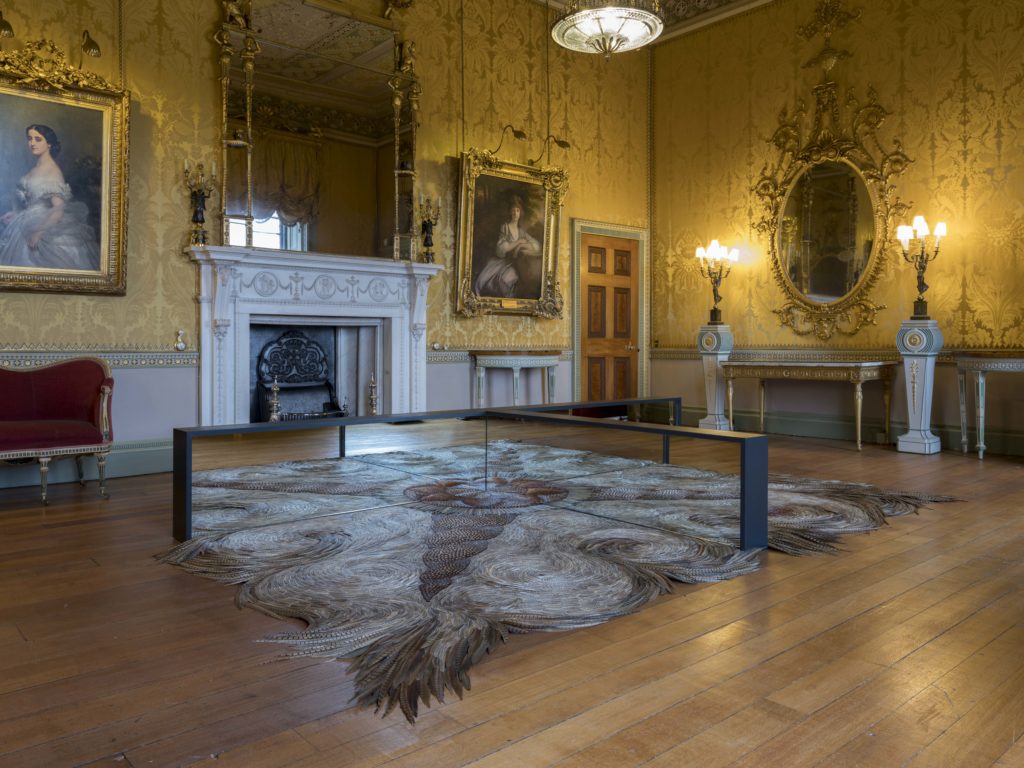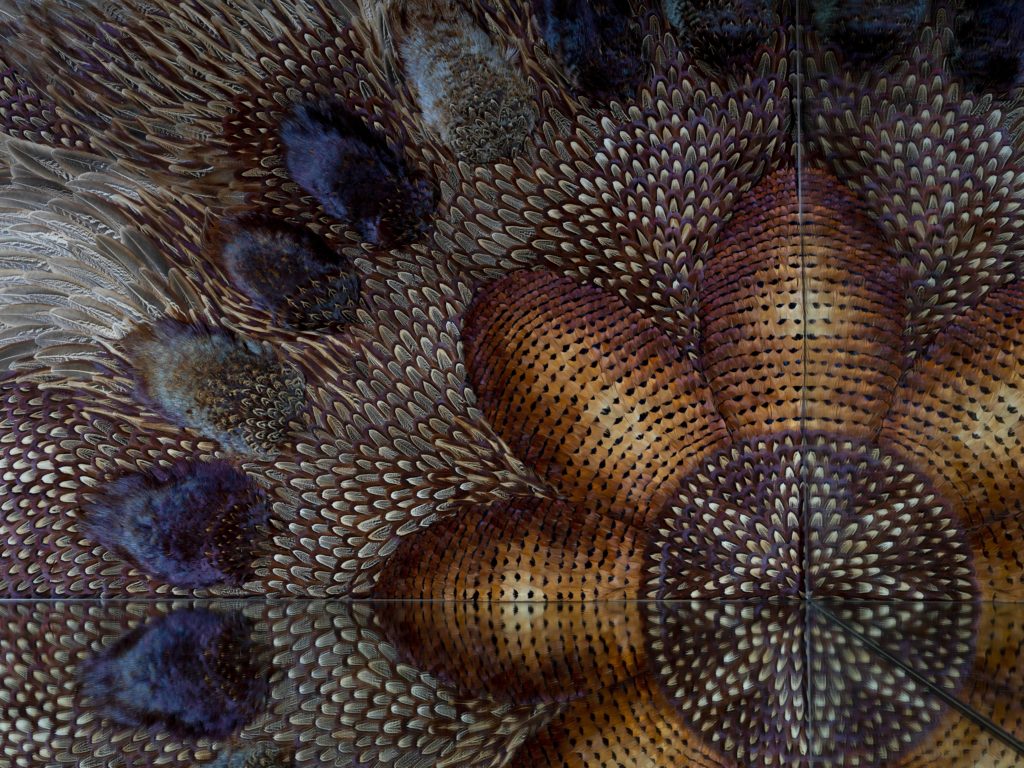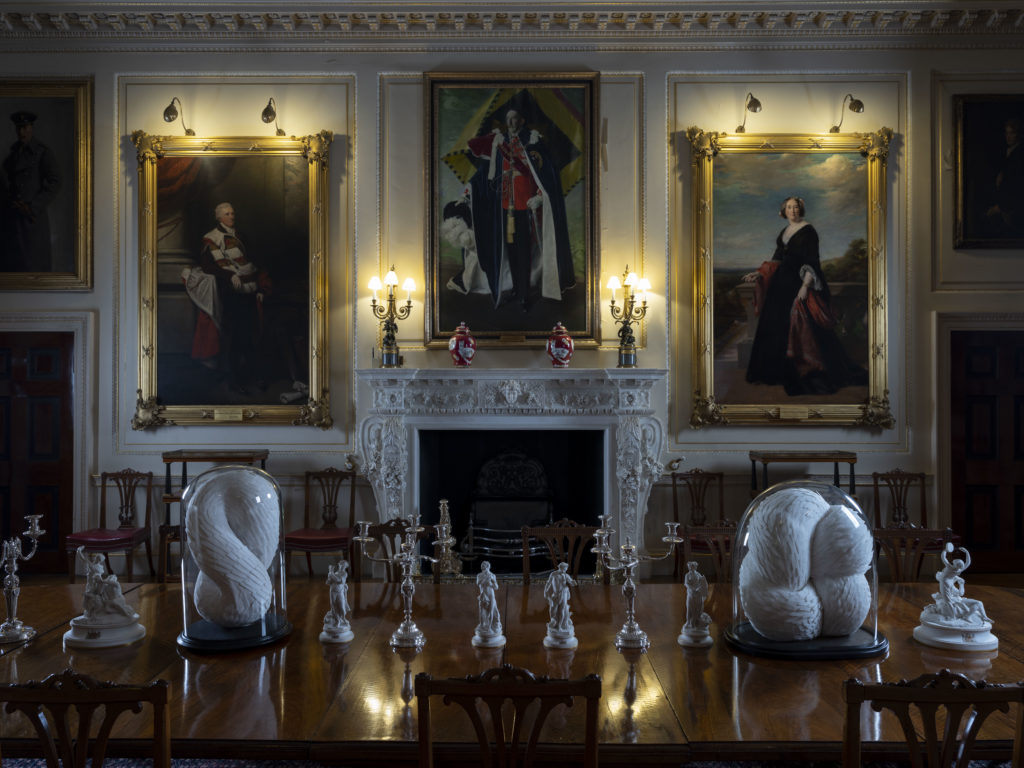
Hugo Macdonald, curator of Harewood’s inaugural Craft Biennial, Useful/Beautiful: Why Craft Matters, pulls together his Top 10 Reads and shares why they have influenced and inspired him.
1. A coffee table read you return to again and again
A Frame for Life by Ilse Crawford. A former boss, an ongoing mentor and an endless source of inspiration.
2. A book that has inspired you
Wilding by Isabella Tree. The story of how Knepp Farm in Sussex was given back to nature is gripping, powerful and uplifting.
3. A book you enjoy/have enjoyed reading to children
Anything by Roald Dahl. The humour and imagination is timeless.
4. A book that has related to your career or life path
Ways of Seeing by John Berger. This opened my eyes and my mind simultaneously.
5. A book you would take to a desert island
The World Beyond Your Head by Matthew Crawford. A handy guide to mastering your own mind. It might be helpful.
6. A book you didn’t think you would like, but it surprised you
Just Kids by Patti Smith. Every bit as good as everybody says it is (unlike Normal People).
7. A very English book / favourite book by an English author
The Death of Grass by John Christopher. A typically polite and terrifying post-war English dystopia about what happens when grass crops fail.
8. Favourite Shakespeare play
A Midsummer Night’s Dream or King Lear. I’m a sucker for magic and horror.
9. A book that in your opinion everyone should read
Modern Nature by Derek Jarman. A poetic masterpiece about the struggle of man and nature, life and death.
10. A book someone passed to you and you passed on.
Fewer Better Things by Glen Adamson. The perfect handbook for our times of underwhelming overconsumption.
Read more about the Harewood Biennial. Planning for next year’s Biennial is well under way, with more details to be released towards the end of the year.
